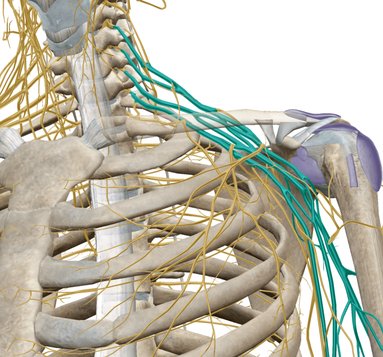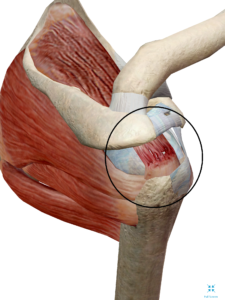Throughout Dr. Adams formal education in anatomy, biomechanics and chiropractic, he has spent numerous hours shadowing orthopedic surgeons, professional baseball athletic trainers and strength coaches which has led to his integrative approach to assessing and treating the shoulder.
Dr. Adams’ approach to shoulder care is based upon the principles of the Mckenzie Method of Mechanical Diagnosis and Therapy (MDT) as well as Dynamic Neurological Stabilization (DNS). MDT is an assessment and exercise system designed to identify movement limitations in a specific joint and prescribe a specific exercise to be performed regularly to improve range of motion and reduce pain in that joint. DNS is based up development kinesiology and designed to train the body to use the primitive stabilization patterns utilized during human development.
What can cause shoulder pain?
The shoulder can be a very complicated joint to assess due to the fact that it is one of the most mobile joints in the body but also has a very intimate connection to the neck (cervical spine) and shoulder blade (scapula). In some cases, pain that is felt in the shoulder may actually be due to an issue in the cervical spine. If your healthcare provider fails to screen the cervical spine when the patient presents with a shoulder complaint, the root cause of the issue may be missed. At Miami Spine and Performance, we always make sure that all of our patients have full range of motion in the cervical spine if we are looking to resolve any pain or dysfunction in the upper extremity.
Other structures/conditions in the shoulder that may cause pain include:
- Rotator cuff tendonitis/tear
- Shoulder impingement
- Labral tear
- Adhesive Capsulitis
- Bicipital tendonitis
- Osteoarthritis
- Shoulder Instability
Do I need imaging (X-ray, ultrasound, MRI) if I have shoulder pain?
Maybe!
In some cases of trauma or acute injury, immediate imaging in necessary to look for a broken bone or soft tissue tear, additionally, if conservative care has been unable to resolve chronic pain for 4-6 weeks, we may also recommended imaging for further diagnostics of the issue.
In general, though, imaging can be deceiving in cases of shoulder pain because in some cases a patient with shoulder pain may have perfect imaging and in another case an individual with no shoulder pain who is very active may have degeneration in the shoulder.
In other words, the imaging only tells part of the story. A better predictor is to use a thorough movement examination, orthopedic tests and a neurological exam to identify limitations or painful motion in the joint.

Highlighted in blue are nerves supplying arm muscles commonly affected by a shoulder or neck problem.
We have assessed and successfully treated many medical diagnoses where the source of the problem is located at the spine and/or shoulder. Examples include:
- Rotator Cuff Tendinitis/Tear
- Shoulder Impingement
- Labral Tear
- Adhesive Capsulitis (Frozen Shoulder)
- Shoulder Osteoarthritis
- Bicipital Tendonitis
- Subacromial Bursitis
- Shoulder Instability

Your rotator cuff could be “degenerative” and “partial tearing” regardless of whether or not you have pain. If you’re over fifty years old, it would be abnormal not to have degeneration!
 How do we treat shoulder pain?
How do we treat shoulder pain?
At Miami Spine and Performance, we use an active approach with nearly all of our patients. Not only do we enjoy being active in our office and keeping our patients active outside the office, but the medical and scientific literature also supports active care shows better outcomes!
For a large percentage of shoulder complaints we will utilize manual therapy, chiropractic manipulation and potentially mobility or strengthening exercises as well with our patients. We pride ourselves on having a great and thorough assessment that allows the treatment to be as efficient as possible and allow our patients to be pain free and meet their lifestyle goals.
Exercises you can use to keep your shoulders healthy at home!
Call Us
Got a Question?
Let Us Help!

